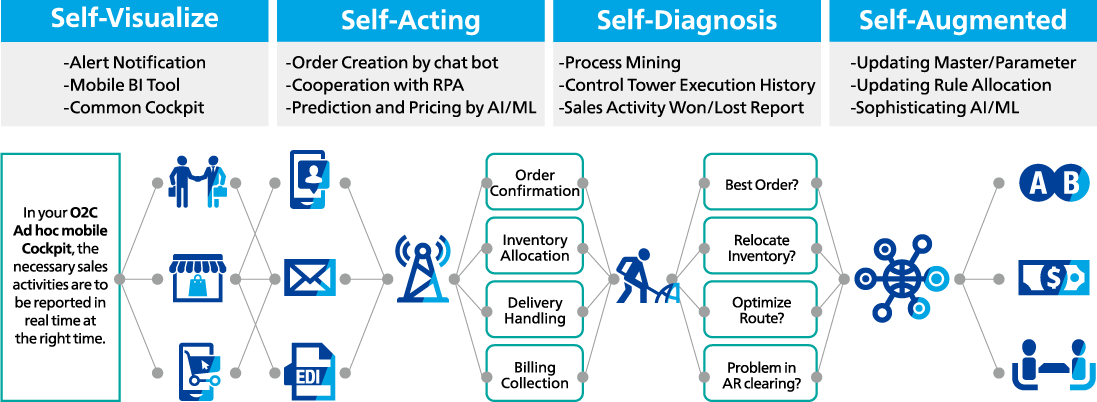


“Connectivity and interactivity are driving the way families live and manage their homes.

They also help alert us to intruders (whether we’re home or not).Ĭurrent trends in home automation include remote mobile control, automated lights, automated thermostat adjustment, scheduling appliances, mobile/email/text notifications, and remote video surveillance. Our smart homes are sustainable, and they help to ensure that our homes aren’t expending unnecessary energy. Today’s Smart Homes – Today’s smart homes are more about security and living greener. Domestic technologies, home networking, and other gadgets began to appear on store shelves.

Smart homes suddenly became a more affordable option, and therefore a viable technology for consumers. As such, different technology began to emerge. Remember, “I’ve fallen and I can’t get up?” Life Alert is one example of gerontechnology.ġ998 – Early 2000s – Smart Homes –Smart homes, or home automation, began to increase in popularity in the early 2000s. In the 1990s, there was a lot of new research and technology in this sector. The Kitchen Computer, developed a year later, could store recipes, but had the unfortunate tagline, “If she can only cook as well as Honeywell can computer” and therefore sold no models.ġ991 – Gerontechnology – Gerontechnology combines gerontology and technology and makes the lives of senior citizens easier. This clever device could compute shopping lists, control the home’s temperature and turn appliances on and off. It was a fantastic time for anyone who was employed as a maid by a very affluent family.ġ966 - 1967 – ECHO IV and the Kitchen Computer –Although it was never commercially sold, the ECHO IV was the first smart device. Throughout two decades refrigerators would be invented, as well as clothes dryers, washing machines, irons, toasters, and so much more. A more practical electricity-powered vacuum was invented in 1907. These achievements began with the first engine-powered vacuum cleaner in 1901. This timeline focuses on hardware meaning actual inventions leading up to the smart homes we know today and can expect from the near future.ġ901 – 1920 – The invention of home appliances – Although home appliances aren’t what we’d consider “smart,” they were an incredible achievement in the early twentieth century. Although the idea of home automation has been around for some time, actual smart homes have only existed a short while.


 0 kommentar(er)
0 kommentar(er)
